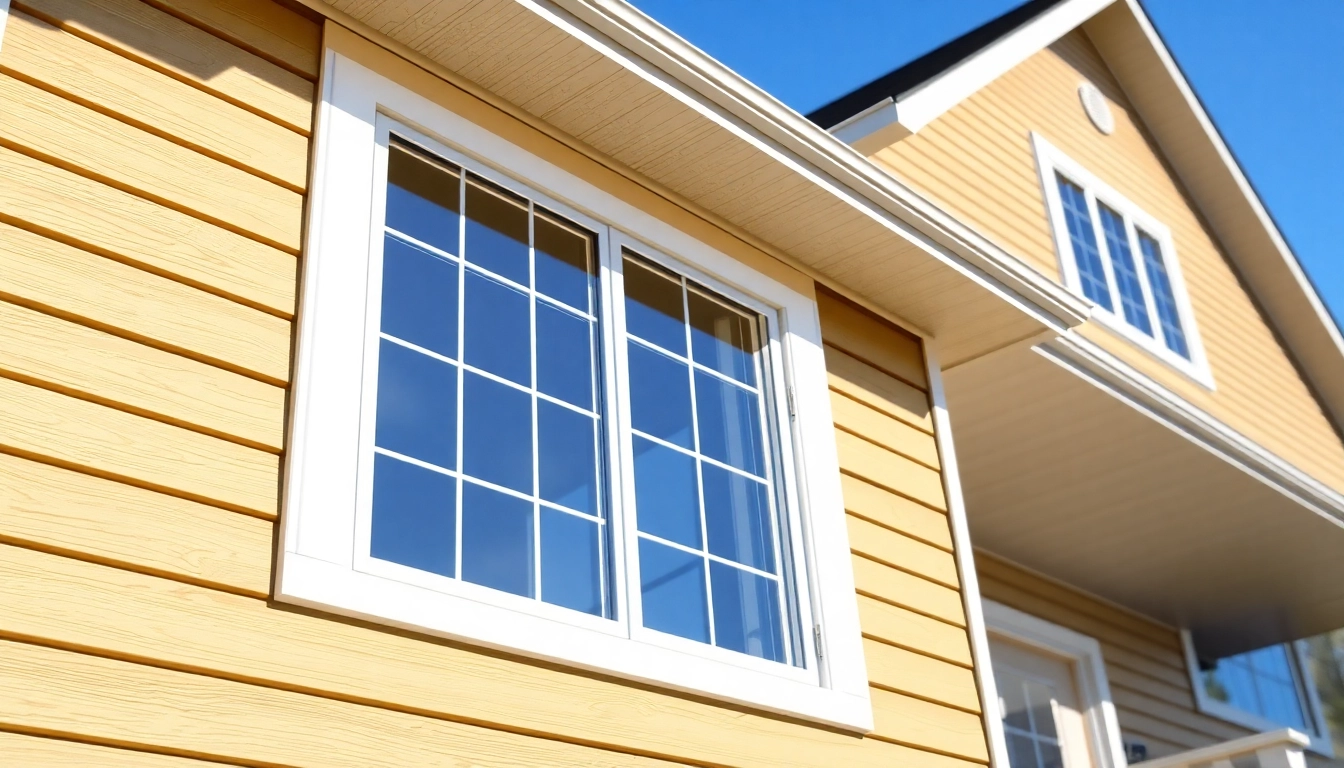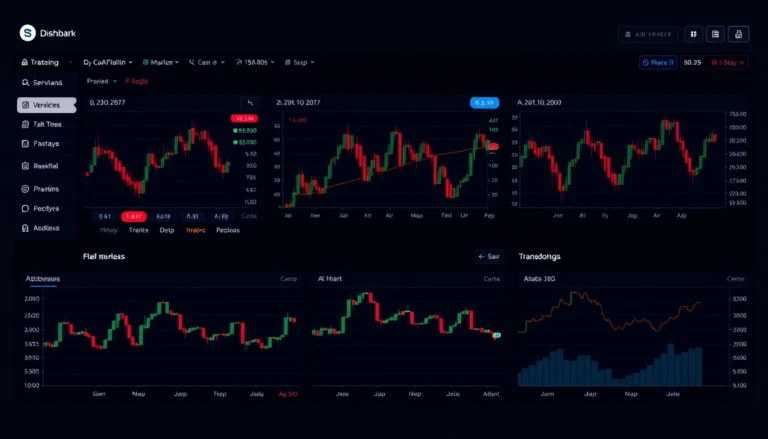Choosing window replacements is a strategic decision that blends design, energy performance, and long-term value. Homeowners often weigh local craftsmanship against nationwide brands, balancing personalized service with standardized warranties. This guide distills practical criteria, installation fundamentals, and measurable outcomes to help you select a window replacement partner that delivers comfort, savings, and peace of mind.
To navigate the options, this guide consolidates what buyers need to know about evaluating window replacement companies, from local independents to national brands like window replacement companies, and outlines a practical decision framework.
Understanding Your Window Replacement Needs
Assessing energy performance and comfort
Energy performance hinges on the window assembly: frame, sash, glass, and seals. Key metrics to prioritize include the U-factor (lower is better for insulation), the solar heat gain coefficient (SHGC, important for how much solar heat passes indoors), and air leakage ratings. A well-sealed unit minimizes drafts, reduces dust infiltration, and stabilizes indoor temperatures. Consider professional energy audits or blower-door tests to quantify baseline performance and projected improvements after replacement.
Estimating costs for window replacement projects
Costs vary with material, style, and installation scope. Typical ranges per unit (materials plus professional installation) are roughly: vinyl windows in the mid to upper hundreds, wood in the higher range due to maintenance and materials, and fiberglass at the premium end. Labor, removal of old units, disposal, and any necessary structural work can add to the price. A thoughtful budget also accounts for added features such as Low-E glass, gas fills, or laminated panes for security or noise reduction. Plan for a total project cost that includes installation timelines and potential permit fees if required by local code.
Local window replacement companies vs national brands
Local installers often excel in personalized service, quick lead times, and tailored solutions for unusual window shapes or historic homes. National brands typically provide streamlined processes, standardized warranties, financing options, and robust product catalogs. The choice often comes down to the balance you want between customization and consistency, plus how confidently you can verify quality through references, warranties, and post-install service.
What to Look for in a Window Replacement Company
Experience, warranties, and certifications
Prioritize seasoned installers with documented project histories, manufacturer certifications, and a track record of proper air and water sealing. Look for products with manufacturer warranties covering glass integrity and frame components, alongside a labor warranty that protects the workmanship. Certifications from Energy Star program participation or NFRC labeling indicate adherence to recognized performance standards. A clear, written warranty that transfers if you sell the home adds long-term value.
How window replacement companies install and guarantee performance
Understand whether the company performs full-frame replacements or insert installations. Full-frame work may be necessary for extensive rot or weatherization improvements, while inserts preserve trim and reduce interior disruption. Quality installation includes precise measurements, proper flashing, moisture barriers, and air sealing around the perimeter. A guaranteed performance standard—such as testing for water intrusion and air leakage after installation—gives you verifiable assurance beyond the product warranty.
Comparing quotes from window replacement companies
When comparing bids, look beyond price alone. Confirm which components are included (permits, removal and disposal of old windows, flashing, insulation, caulking, and touch-up painting). Compare window ratings, warranty length, maintenance requirements, and the contractor’s communication cadence. A structured quote helps avoid surprise costs and provides a basis for apples-to-apples comparison across installers.
Material, Style, and Performance Options
Frame materials: vinyl, wood, fiberglass
Vinyl frames are cost-effective with low maintenance, offering good energy performance but limited color customization. Wood frames deliver classic aesthetics and excellent insulating properties, though they require ongoing maintenance to resist moisture and pests. Fiberglass combines strength with stability, often delivering strong energy performance and longer-term durability with relatively low maintenance. Your climate, maintenance tolerance, and architectural style will guide the material choice.
Glass selections and energy ratings
Glass choices range from standard double-pane to triple-pane units with Low-E coatings, gas fills (argon or krypton), and laminated options for sound reduction or impact resistance. Higher-performance glass can dramatically reduce heating and cooling loads, contributing to tangible energy savings and improved comfort. Ensure selections align with local climate needs and building codes, and verify that the unit carries appropriate energy rating documentation.
Styles and upgrades that impact value with window replacement companies
Grilles, decorative glass, and grille patterns influence curb appeal and resale value. Features like tilt-in sashes simplify cleaning and maintenance, while impact-resistant or laminated glass can be crucial in high-wind or hazard-prone regions. Smart or programmable operability, as well as advanced weatherstripping, can further enhance comfort and long-term performance, making the upgrade feel both modern and prudent in value terms.
The Buying Process: From Quote to Installation
Getting accurate measurements and site check
Precise measurements are essential to avoid fit issues, wind flutters, or glazing gaps. Reputable contractors typically conduct a two-person measurement, verify rough opening dimensions, check for existing rot or movement in frames, and note any structural considerations. Request a written measurement protocol and a final proposal based on those measurements to ensure consistency from quote to installation.
Scheduling, permits, and lead times
Lead times vary with season, product availability, and installation crew capacity. Some jurisdictions require permits for large-scale replacements or structural work, and HOA guidelines may apply in community developments. Plan for potential delays and factor in weather windows that minimize interior disruption and exposure to the elements during installation.
Quality control and post-installation care from window replacement companies
A solid installer conducts a final walkthrough to confirm seal integrity, operation, and finish quality. They should provide care instructions, maintenance timelines, and a clear path for warranty service if issues arise. A post-installation checklist, including cleaning and disposal, helps ensure you start enjoying the benefits immediately and with confidence.
Measuring Success: Performance, ROI, and Customer Satisfaction
Energy savings and comfort metrics
Replacing inefficient windows typically yields noticeable comfort improvements and energy savings. Expect reductions in drafts and more stable indoor temperatures, with industry estimates often reporting improvements in the 10%–25% range for heating and cooling costs, depending on existing windows, climate, and installation quality. A well-chosen upgrade can also lessen outdoor noise intrusion and improve overall home value.
Warranty coverage and service after installation
Assess both product warranties and labor coverage, including transferability to new owners. Clear service terms, response times, and coverage for glazing or hardware defects help protect your investment over time and reduce the risk of unexpected repair costs.
How to read reviews and verify local window contractors and window replacement companies
When evaluating vendors, prioritize recent, specific feedback about installation quality, timing, and follow-up service. Verify licenses where required, ask for project references, and contrast independent review platforms with direct quotes. Consistent, favorable feedback across multiple sources is a strong indicator of reliability and customer satisfaction.






